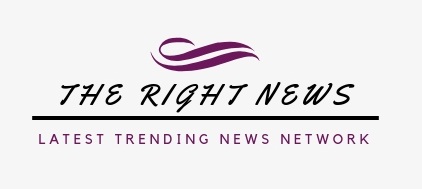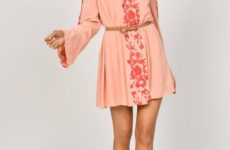Have you ever thought about whether you have the appropriate workplace dress code or are entirely out of place sometimes? Well, it does happen to a lot of folks in the work system. The only way to counter the issue is always to ensure that you stick to the dress code standards set in your workplace. Work dress codes also range from one workplace to another and from formal to casual to business casual. You must, therefore, ensure that you know precisely what to wear and for what occasion. It’s not just a matter of dressing well and looking formal. Sometimes, you might have occasioned such as workplace meetings or parties requiring unique attires.
In most situations, the formality of a workplace dress code revolves around the amount of interaction that employees have with their customers. The location of your workplace is also just as crucial when determining your workplace’s dress code.
Appropriate dress code colors for the workplace
There are numerous other factors that you must consider as well such as the color of your attire. Some workplaces have position-assigned attire colors for their employees. This, however, doesn’t occur in most workplaces. In the few that they do, you find that employees of a particular position either wear full or partial color coding to distinguish them from the others. In most instances, it is the tie that comes in different colors. This way, other employees and customers who enter the business premises can tell what position you play in the business.
Organizations that strive to maintain extreme standards of modesty never condone see-through clothing. Unless, of course, you consider dress codes in the night clubs which are entirely different from the other workplaces.
Workplace dressing codes
The dress code of most workplaces has changed significantly over the years. Take corporate offices, for example, which ensure that their employees have appropriate clothing when working at all times. Here, your clothing must be clean, ironed, and to the proper length when on duty. Some offices might also require that you have suits, ties, and other formal wear similar to that. In the previous eras, the 1950s, workplace dress codes mostly featured standardized business clothes. More often than not, these work clothes strongly differentiated what businesses saw as acceptable from the unacceptable ones. However, you find that today, these two styles have merged and even women’s work clothes have now expanded to include suits. Men’s clothes, on the other hand, now include bright colors and garments.
Some businesses view certain clothing styles as taboos especially when considering the different age groups and gender that wear them. For example, you find that brighter colors are mostly reserved for older women. As for the men, carrying briefcases has now become the status quo. Businesses, especially corporations, prefer that their male employees carry briefcases, particularly, leather briefcases with them at the workplace.
People have loads of clothing and fashion styles. So much so that if not monitored by the companies and businesses that they work for, can spell disaster. The social attitudes of clothing in workplaces are what has led to the various social conventions and rules that employees must adhere to. Rules such as not showing your underwear in public or keeping certain parts of your body covered at all times.
Today’s employees are also more into cross-dressing which involves wearing clothing that’s typical of the opposite sex. Some workplaces consider this to be a rebellion against their dress codes. Why? Well, because it goes against most of the social norms that workplaces stand for in the current era.
Exceptions to the dress code rule
There are times when business employees may wish to support certain charities. On such occasions, they may prefer to have exceptions to the usual dress code rules. Wear jeans for jeans day or a Christmas jumper, for example. However, for such exceptions, the employees who wish to take part in such events must seek approval from their line managers. At times, employers may not be too willing to let their employees put on some type of clothing attire. Thus, the a need to check with your bosses before making such moves.
Tattoos and body piercings
Most corporations and formal offices do not condone nor entertain employees having tattoos or body piercings. However, you will still find employees who wish to promote certain images or brands through their work. Even so, certain companies prefer that their employees have tattoos and body piercings as a way of promoting their brands. In most instances, these companies’ target audiences are the youth and young adults. Thus, they need to have young people who can relate to their target market.
The above information about workplace dress codes reveals a lot of information about how people should dress at work. It comes down to a lot more than just having fancy clothes for the workplace. You must also consider all the fac, especially the ones that fall behind your workplace’s dress code standards.




